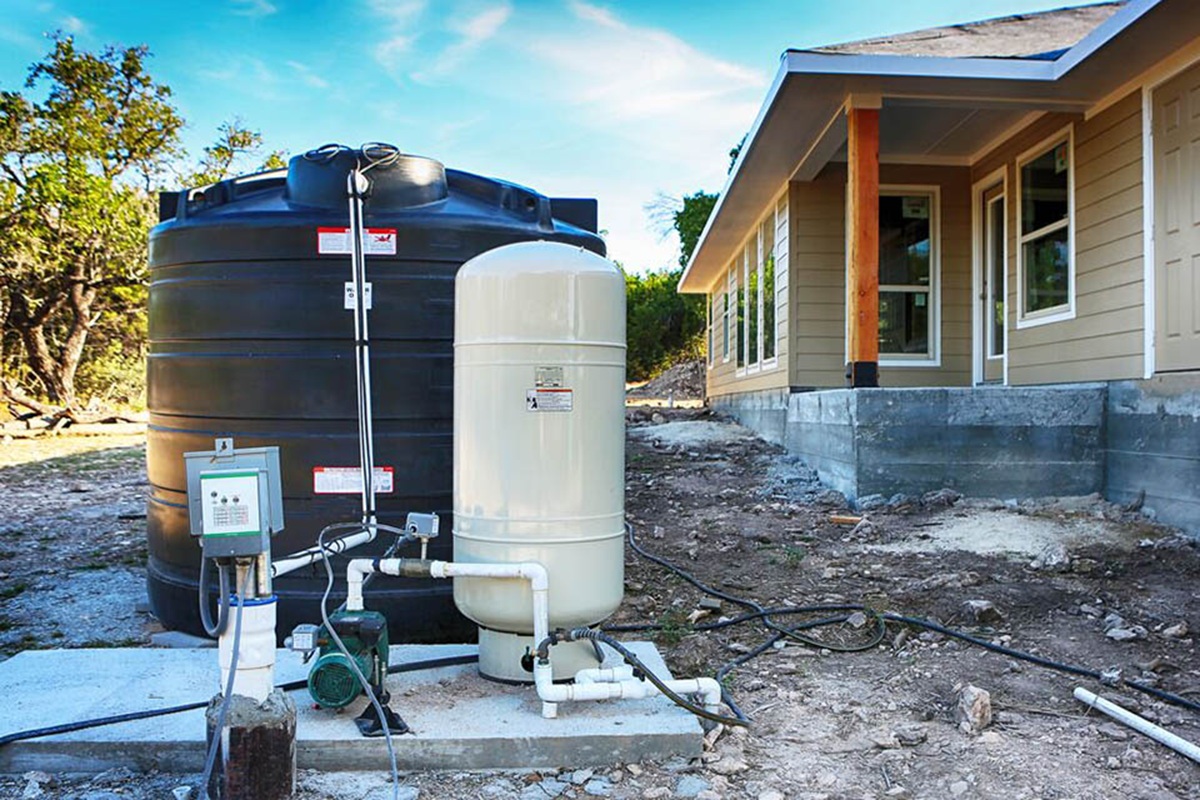Difference Between External Rendering and Internal Rendering

External rendering:
Rendering is a traditional and effective technique used to coat walls with a protective and decorative finish. It involves applying a mixture of cement, lime, sand, or synthetic materials to surfaces, improving their durability and appearance. While rendering is widely used in both residential and commercial buildings, it comes in two primary forms: external rendering and internal rendering.
At first glance, both may appear similar since they involve plastering or coating a surface, but their purpose, materials, and applications differ greatly. Understanding these differences is essential for homeowners, builders, and designers looking to achieve the right balance of functionality, aesthetics, and long-term performance.
What is External Rendering?
External rendering refers to the application of a protective and decorative coating on the outside walls of a building. Its primary purpose is to shield the structure from harsh environmental conditions such as rain, wind, UV rays, and fluctuating temperatures.
By covering the external wall with a render, you are essentially adding an extra layer of protection against weather damage, water penetration, and erosion. In addition, external rendering enhances the building’s appearance, allowing for smooth finishes, textured looks, or even coloured coatings.
What is Internal Rendering?
Internal rendering, on the other hand, involves applying a similar plastering mixture to the interior walls of a building. Unlike external rendering, its primary goal is not protection against weather but rather to create a smooth, durable, and visually pleasing wall surface inside the home or workspace.
Internal rendering prepares walls for final finishes such as painting, wallpapering, or decorative plaster designs. It also helps cover uneven brickwork, blockwork, or concrete surfaces, providing a clean and uniform interior look.
Key Differences Between External and Internal Rendering:
Although both processes involve applying a render mix to walls, their differences lie in their purpose, materials, and technical requirements.
Purpose and Function
- External rendering: Protects buildings from weather, moisture, and structural wear while also improving curb appeal.
- Internal rendering: Provides smooth interior finishes, conceals imperfections, and improves aesthetics inside a room.
Exposure and Durability Needs
External walls face extreme weather conditions, so external render must be tough, water-resistant, and breathable. Internal render, however, only needs to handle occasional moisture or impacts and is designed more for smoothness than heavy-duty protection.
Materials Used
- External rendering often requires a more potent mixture of cement, lime, sand, and additives such as waterproofing agents or polymers for better adhesion and resistance. Modern systems may include silicone-based renders for long-term performance.
- Internal rendering usually employs plaster or lightweight lime-based mixes, designed to be easy to apply, fast-drying, and smooth for painting or finishing.
Application Process
External rendering typically requires multiple coats, including a base coat, mesh reinforcement, and a finishing coat, to ensure strength and resistance to weathering. Internal rendering is generally simpler, with fewer layers, since it doesn’t face the same external pressures.
Appearance and Finish
External rendering can be finished in a wide variety of textures and colours, depending on the desired architectural style. Internal rendering, however, is usually kept smooth to allow for decorative finishes such as paint or wallpaper.
Maintenance Needs
External rendering demands more maintenance since it is exposed to rain, frost, algae, and dirt. Periodic cleaning and repairs may be required to prevent cracks or damp penetration. Internal rendering, being sheltered indoors, requires far less maintenance and can last decades with only occasional repainting.
Advantages of External Rendering
- Weather protection: Shields walls from rain, UV rays, and frost damage.
- Improved insulation: Some modern renders improve thermal and acoustic insulation.
- Enhanced curb appeal: Allows homeowners to customise their property’s external look.
- Longevity: Protects brick or block walls from erosion and cracking over time.
Advantages of Internal Rendering
- Smooth wall finish: Creates a perfect surface for painting or wallpapering.
- Covers imperfections: Conceals uneven brickwork, joints, or cracks.
- Durable and strong: Provides an additional layer of protection for internal walls.
- Versatile designs: Can be moulded into decorative plaster finishes for stylish interiors.
When to Choose External Rendering?
External rendering is best suited for properties that require extra protection against the weather or where homeowners want to update the exterior appearance of a building. For example, older brick houses that show signs of erosion or staining benefit greatly from external rendering.
When to Choose Internal Rendering?
Internal rendering is ideal for new builds where blockwork needs covering, or during renovations where old, uneven walls require a fresh finish. It is also recommended that homeowners experiment with decorative plaster designs indoors.
Conclusion:
By understanding these differences in rendering London, property owners can make informed decisions about which rendering method suits their project. Whether it’s shielding your home from harsh weather with a durable external render or achieving a flawless interior wall finish with internal rendering, both techniques play an essential role in modern construction and design.








